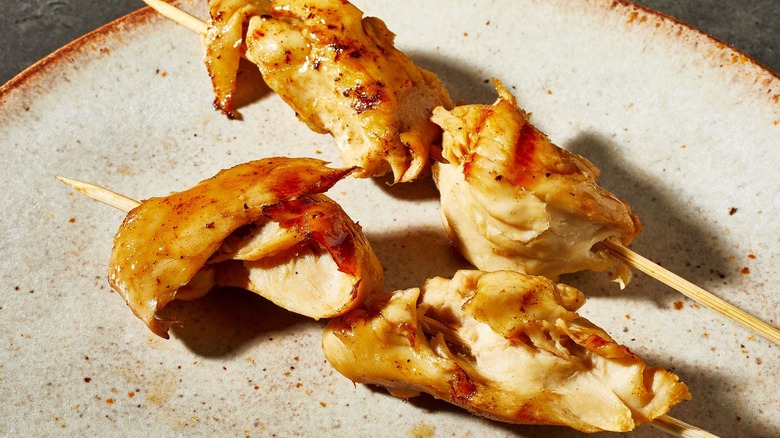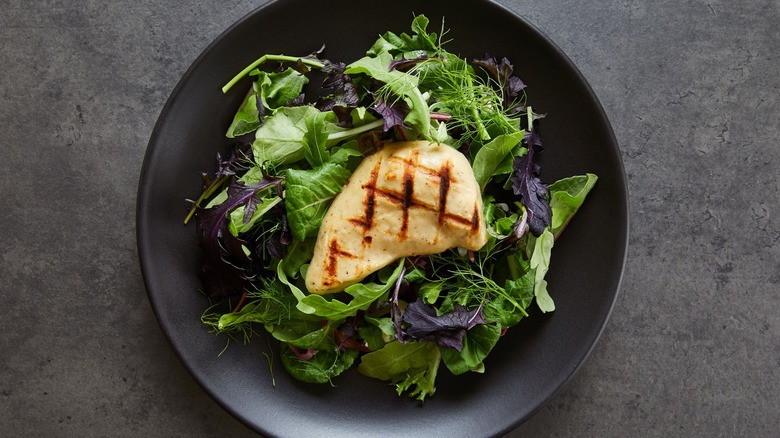Cell-Based Cultivated Meat Could Soon Be In A Store Near You. Here Are The Details
The idea of growing food is not a new concept. From traditional farms to newer vertical farms, plants sprout from a seedling, are nurtured, and harvested. Although plant-based food has become a mainstay, the idea of growing cell-based cultivated meat is becoming less of a scene from a science fiction movie and more of a reality.
Good Meat announced that it received the first step in FDA approval to have its cultivated chicken sold in the U.S. market. The "no questions" letter is not an endorsement of the product, rather the FDA accepts the brand's conclusion that the food product is safe for consumption. A secondary test from the USDA will determine if Good Meat will be available in the U.S. market.
Cell-based cultivated meat, specifically the Good Meat brand, uses a single cell to grow an animal protein. While rooted in science, the idea looks to reduce and/or replace slaughtered animals that are part of food consumption. Some people believe that this type of food industry can help to alleviate issues of food insecurity, and environmental concerns, and possibly benefit nutrition. Although Good Meat has sold its chicken product in Singapore, the U.S. market would give it a larger audience. While it might take years for the cultivated chicken to sit side by side with those chicken wings, pushing the food conversation forward is good for the food industry.
Will cultivated meat pass the consumer taste test?
While people have become more accustomed to plant-based food, balanced eating choice is still dictated by taste. Mimicking that perfectly juicy burger was key to the growth of plant-based meat. As Good Meat moves into the second stage of U.S. approval for the sale of its cell-based cultivated chicken, one question is on consumers' minds. Does it taste like chicken?
At the U.N. COP27 climate change conference in Egypt, a CNET reporter tried the Good Meat chicken. To be clear, Good Meat is replicating a chicken breast or thigh, not an entire animal. The reporter's impression was generally positive. At first glance, the protein swap might not have been apparent. Although the food brand is not necessarily trying to dupe people, there appear to be similarities between the lab food and the traditional option. Still, the reporter did admit that the texture might need some modification. Although not tough, it appears that the "fibrous texture" may be lacking.
Currently, Good Meat chicken is sold in Singapore. As seen in a company video, the consumer reaction was positive. From appreciating the chicken fat flavor to not realizing it was different from traditional poultry, people were pleasantly pleased with it. Although not addressed, how it is cooked may impact the overall enjoyment. While Good Meat might be a good solution for the planet, only time will tell if consumers find it a good substitute for that traditional chicken breast.

